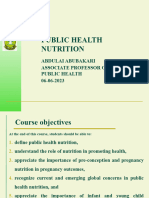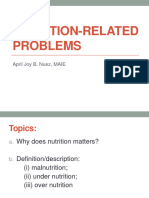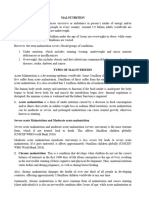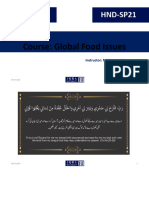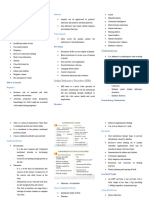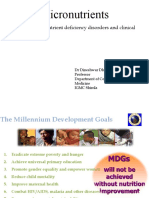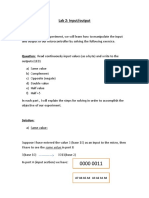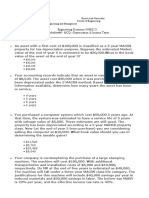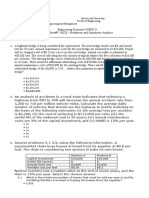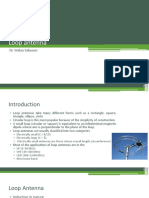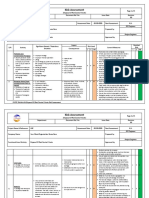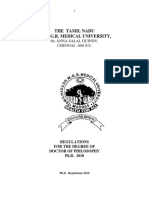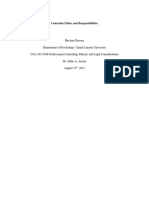0% found this document useful (0 votes)
51 views25 pagesLecture 10
This document discusses principles of nutrition, specifically focusing on malnutrition and micronutrient deficiencies. It provides details on anemia, including causes, risk groups, consequences, and prevention strategies. Additionally, it addresses the growing issues of overweight and obesity as global health concerns, covering definitions, epidemiology, causes, health consequences, and classification methods.
Uploaded by
Omar F'KassarCopyright
© © All Rights Reserved
We take content rights seriously. If you suspect this is your content, claim it here.
Available Formats
Download as PDF, TXT or read online on Scribd
0% found this document useful (0 votes)
51 views25 pagesLecture 10
This document discusses principles of nutrition, specifically focusing on malnutrition and micronutrient deficiencies. It provides details on anemia, including causes, risk groups, consequences, and prevention strategies. Additionally, it addresses the growing issues of overweight and obesity as global health concerns, covering definitions, epidemiology, causes, health consequences, and classification methods.
Uploaded by
Omar F'KassarCopyright
© © All Rights Reserved
We take content rights seriously. If you suspect this is your content, claim it here.
Available Formats
Download as PDF, TXT or read online on Scribd
/ 25

